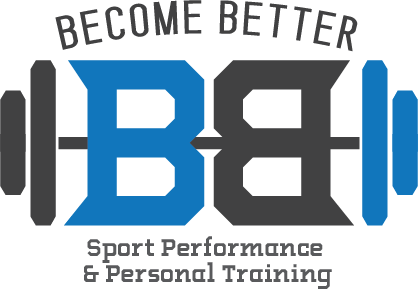Sumo Deadlift Tutorial
Learn how to properly Sumo Deadlift
watch the video and read the description below to learn helpful cues and avoid common mistakes of performing the sumo deadlift exercise.
Description:
The key difference between the sumo and conventional deadlifts are that in the sumo deadlift, your hands are inside your legs rather than outside. The sumo deadlift shares all of the same benefits as a conventional deadlift, in that it trains the entire body from head to toe. The sumo deadlift can be a great option for anyone who experiences back pain during conventional deadlifts and it can also be a useful variation for conventional pullers to train to target weak points and train the muscles in a different way. The same 5 step set-up applies to sumo deadlifts as well:
Walk up to the bar with your feet underneath your hips, and place your shins about an inch to 2 inches away from the bar.
Reach down and grab the bar just outside your legs, as close to the border between the knurling and smooth as you can. Do not move the bar during this step.
Bend your knees and allow your shins to lightly touch the bar, again without letting the bar move.
Take a big breath of air and brace your torso by rotating your chest up and flattening your back. This is the start position.
Press the weight off the ground with your legs, and drag it up the front of your shins and thighs until you are standing upright, as tall as you can. The bar should maintain contact with your legs during the entire rep.
Helpful Cues:
Find a comfortable toe angle. Try somewhere around 30-45 degrees and then adjust from there. Keeping your toes too forward will make it hard for your to get into the proper start position, while keeping your toes too far out will make it hard for you to keep your balance during the rep. Find a happy medium between the two.
Push your knees out so that they’re pointing in the same direction as your toes.
Use an alternate grip or a hook grip once the weight gets heavy. Your grip will be the limiting factor at heavier weights, so in order to effectively train the back and leg muscles you will need to use an alternate grip or hook grip once you are no longer able to maintain a regular double overhand grip.
Lower the bar the same way you picked it up. Keep the bar in contact with your legs, and maintain a flat back.
Think of the platform as a leg press machine that you’re trying to press away from you rather than thinking of pulling the bar off the ground with your back.
Keep your chest up. This can help avoid excessive rounding of the upper back.
Push your hips back when coming down to pick up the bar. This will ensure your weight stays evenly distributed and your feet stay flat.
Imagine a string attached to the ceiling directly above you pulling you up by the top of your head. This can help you stand tall to finish the lift.
Keep the bar close. This will make the exercise easier to finish and better on your back.
Common Mistakes:
Not setting your back before the lift. Don’t just reach down and grab the bar and start pulling. Take the time to go through the proper 5 step set-up and squeeze your back flat before beginning the rep.
Letting the bar swing away from your legs or having the bar start too far away to begin with. This will make the lift exponentially harder. You want the weight as close to your center of mass as possible, so the bar should maintain contact with your shins and thighs during the entire range of motion.
Letting the hips shoot up before the bar leaves the ground. The hips and shoulders should rise together. In order for this to happen, all of the slack needs to be out of the barbell. This is why I like the “press” cue for sumo deadlifts rather than thinking of it as a “pull”.
Not standing up tall. Finish each rep by driving your hips forward, squeezing your butt tight and standing as tall as you can.
Other names for the Sumo Deadlift:
Wide Stance Deadlifts
Common Variations:
Stiff-leg Deadlift
Band Deadlift
Chain Deadlift
Trap Bar Deadlift
Deficit Deadlift
Deadlift from Blocks
